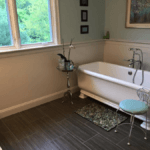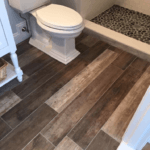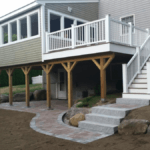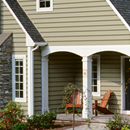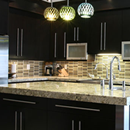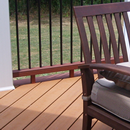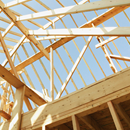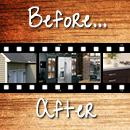So you want to build a deck, huh? First off, congratulations! Adding a deck onto an existing property is a great way to increase the total value of that property. But more importantly, owning a deck can add lots of outdoor living space and great memories.
Building a deck isn’t as simple as laying down some timber and plopping your grill on it. Things like flow, structure, size, accessories, and decking materials are all huge pieces to the puzzle.
The type of decking material seems to be the biggest question families and construction aficionados are time and time again running into. Deck building problems due to the unfamiliarity with how materials respond to things like extreme colds, hot suns, moisture, and bugs can ruin an entire decking project.
Today that ends. We’re breaking down which type of wood — treated, cedar, or composite — works best for constructing a long-lasting, beautiful deck. Let’s take a look:
Pros & Cons of Cedar Decking
When it comes to building a deck, experts tend to point to cedar as an excellent choice, because its natural look matches the surrounding foliage. Moreover, cedar isn’t an excessively absorbent material, meaning it can withstand the intense wet spells that can sometimes plague certain areas in the country.
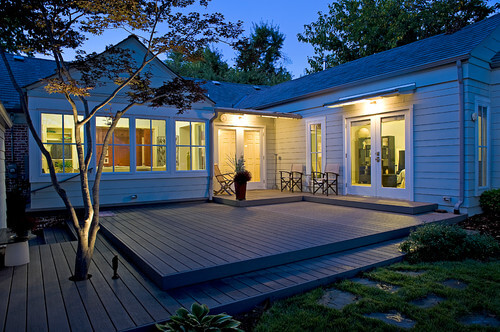
The lack of moisture absorption also provides cedar decks with a natural defense against warping, since moisture is what often causes twists and gnarls in the wood.
Carpenters tend to agree in that cedar deck boards last somewhere between 15 and 20 years. However, that number decreases when the boards are used for ground-level decks or shaded decks (which dry out slower than sunned decks.)
Pros & Cons of Pressure-treated Decking
If your main focus for building a deck is to save money while building a durable deck, your go-to product should be pressure-treated wood. It’s what carpenters have used for decades before new composite materials.
But know this: not all press-treated wood is created equally. Some pressure-treated is created inexpensively and will retain moisture, causing it to warp as it dries. That results in a huge problem down the line.
Your best bet is to use premium pressure-treated wood and add weather protective staining. Paying a little more in premium wood and quality brand staining is the result of a durable deck for years to come.
Just know that people tend to think pressure-treated wood doesn’t look as good as other types. Heavily treated wood can cause the stain color you pick in the store to look a bit off. It also requires continual maintenance including more scrubbing for cleaning and re-staining when the color fades.
Pros to pressure treated wood are that the materials are cheaper and it’s quicker to put down over composite so it may save you some cash which could be used for future upkeep.
Pros & Cons of Composite Decking
The best part of composite wood is that it requires almost no maintenance. Composite is still considered a fairly new product in comparison to other materials that have been used for centuries. However, with new technology, the industry has been able to test the materials quicker and analyze it’s durability for more years than it’s existence.
Composite has improved significantly since it was first manufactured for decking. Its fade resistance and warping has drastically improved and as long as it’s installed by an experienced contractor who understands the manufacturers requirements; it’s a deck you might have for life.
In fact, many composite decking brands like TimberTech offer a 25-year limited warranty which guaranteed against termites, checking, splitting, decay, rot and splintering. Some products are also covered by a fade an stain warranty.
This kind of wood is more expensive than cedar, but once it’s laid, it’s done. It won’t rot, splinter, or twist. It won’t become gnarled or warped. It just won’t do anything but remain stable. And that’s exactly what you should want from your deck.
Unfortunately, composite decking is an expensive product in comparison to wood. It also can take a bit longer to install (pre-drilling, cutting, etc.). In the grand scheme of things, though, having a deck that requires no or little maintenance offers that piece of mind many homeowners cherish. Only you can decide.
Conclusion
If you need help figuring what decking material is right for your house please contact us at South Eastern Carpentry Inc. We’d be happy to offer a free consultation and estimate for your new deck and any other carpentry needs. We have been working on decks for years, and you may have even stood on a deck made by us!




